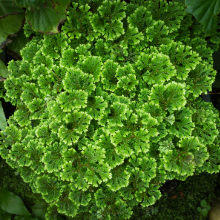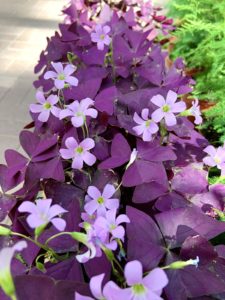
The Ligustrum genus is part of the olive family of plants and has more than 50 evergreen and deciduous subspecies and cultivars with a diversity of leaf colors and forms. It’s an excellent choice for gardeners who are new to cultivating bonsai plants.
Caring for Your Ligustrum Bonsai
- Light: This is a plant that loves its sun, so make sure that you position your plant where it will receive full sun for at least part of the day.
- Water: Getting the balance right for your bonsai involves making sure they get enough water without overwatering. Make sure they are in well-draining soil to avoid root rot. Saturate thoroughly and then allow the soil to dry out slightly between waterings.
- Humidity: Bonsai like higher levels of humidity, so you can supplement your watering scheduled by misting the leaves every few days.
- Temperature: This plant needs warmth as well as sunlight. Typically room temperature is ideal, but avoid placing your plant near a window or door when the temperatures drop.








